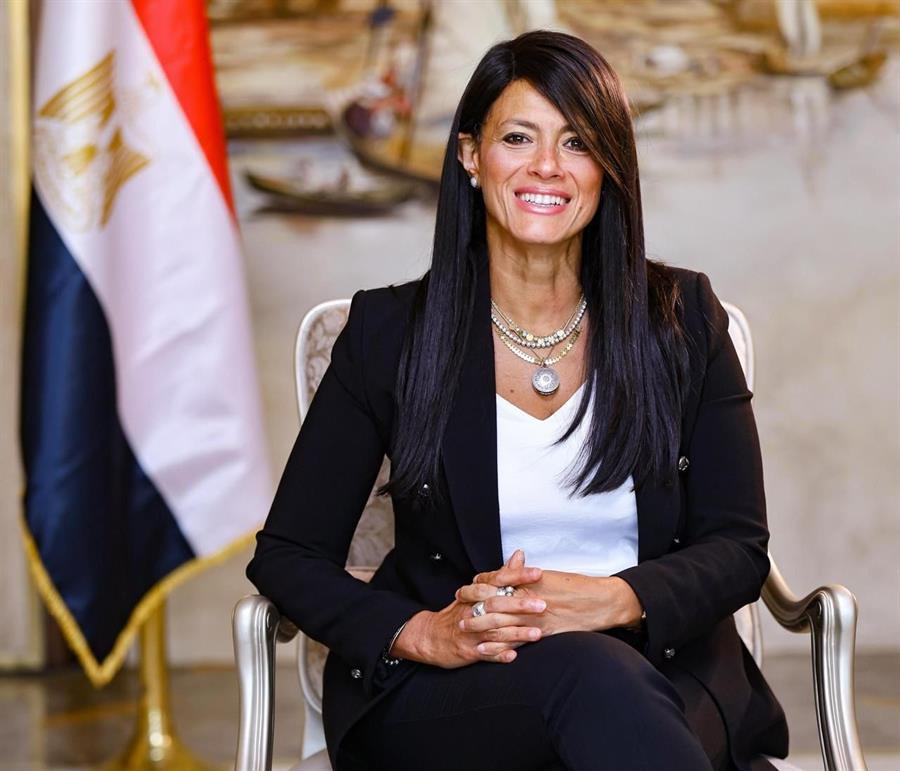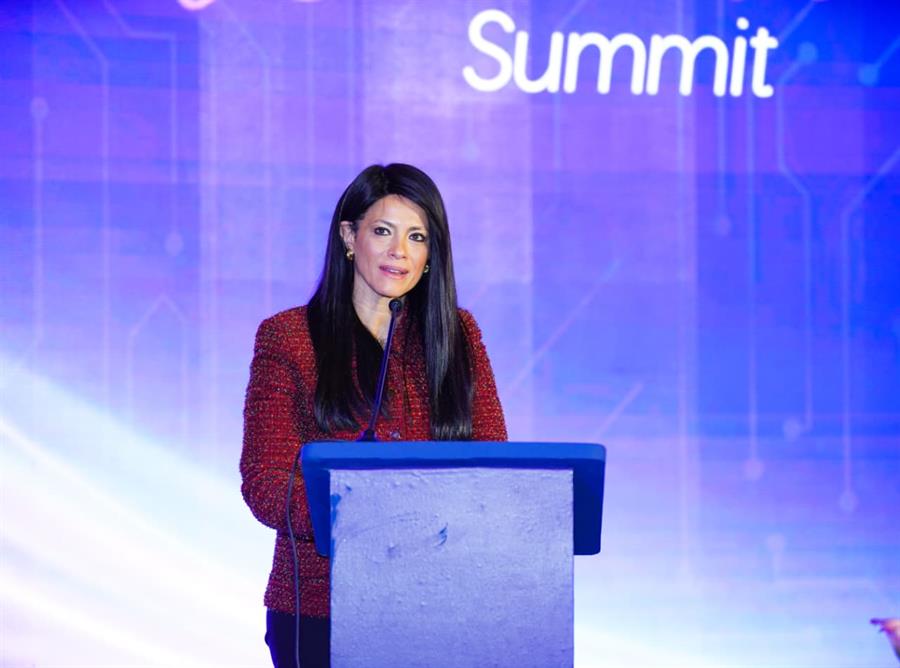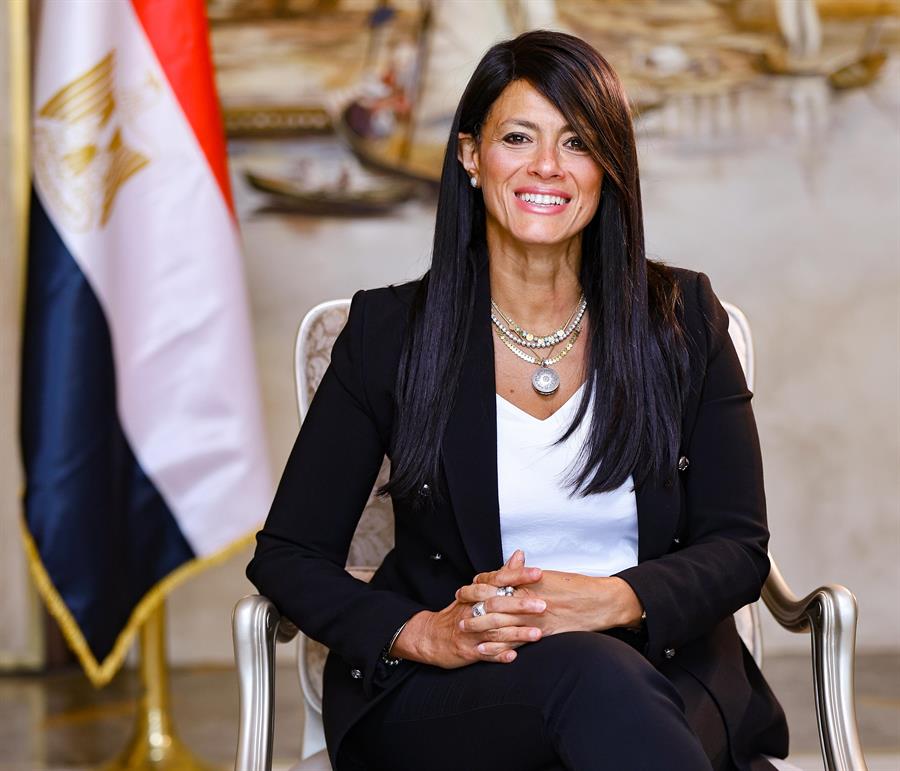Ministry of Planning and Economic Development reviews the main objectives of the 2021-2022 plan for the culture sector

24 January 2022
The Ministry of Planning and Economic Development reviewed the main objectives of the 2021-2022 plan concerning the cultural services sector.
Dr. Hala El-Said, Minister of Planning and Economic Development, explained that the strategic vision of culture is to establish a system of positive cultural values in society that is a motive for growth and progress, opening up broad horizons for the Egyptian citizen to receive knowledge and gain knowledge.El-Said added that within the framework of this strategic vision, cultural development efforts aimed at consolidating the values of citizenship and deepening loyalty and belonging to the Egyptian identity.
El-Said pointed to the most important projects targeted for the sector by the 21/2022 plan, explaining that the investment plan includes twenty major projects for the 21/2222, distributed over the bodies and sectors affiliated with the Ministry of Culture with total appropriations of about EGP 1.3 billion.The main objectives of the 21/2022 plan in the field of cultural services included promoting positive values in Egyptian society, maximizing the role of cultural institutions, protecting and documenting heritage, in addition to supporting cultural production in all fields.
It also included the main objectives, according to the report of the Ministry of Planning and Economic Development, to enable all social groups to access and acquire knowledge, through the expansion of cultural palaces and various cultural libraries, especially in remote and marginalized areas.
Concerning the objectives of the plan to provide cultural services for the year 21/22, the report of the Ministry of Planning indicated that the plan includes the establishment and development of 20 culture palaces in 15 governorates represented in the governorates of Aswan, Matrouh, Qena, North Sinai, South Sinai, Ismailia, Minya, Beheira, Damietta, Red Sea, Menoufia, Qalyubia, Sohag, Fayoum, Gharbia.
The plan also includes the establishment and development of 8 cultural theaters in the governorates of Cairo, Giza, Minya, and Beni Suef, and the establishment of 9 public libraries in the governorates of Cairo, Aswan, and Qena, with the establishment and development of 11 culture houses in the governorates of Giza, Beheira, Dakahlia, Aswan, Assiut, Kafr El Sheikh, Beni Suef and Qena.
The report of the Ministry of Planning also referred to the achievements of the cultural services sector during the period from July 2018 to June 2020, when several sub-programs were implemented aimed at consolidating cultural and civilizational identity.









